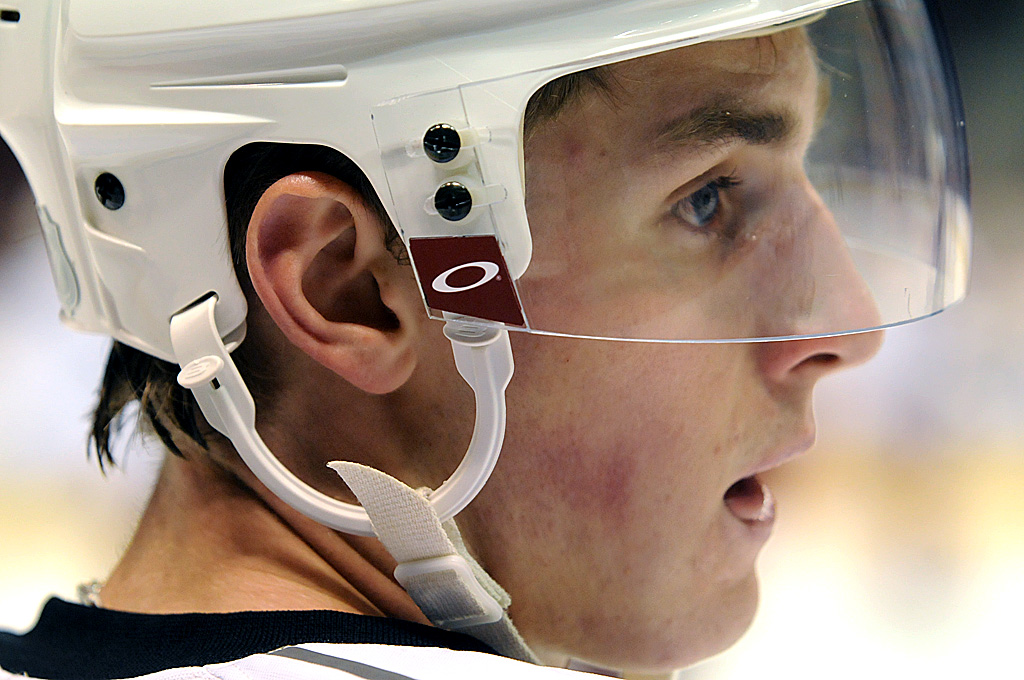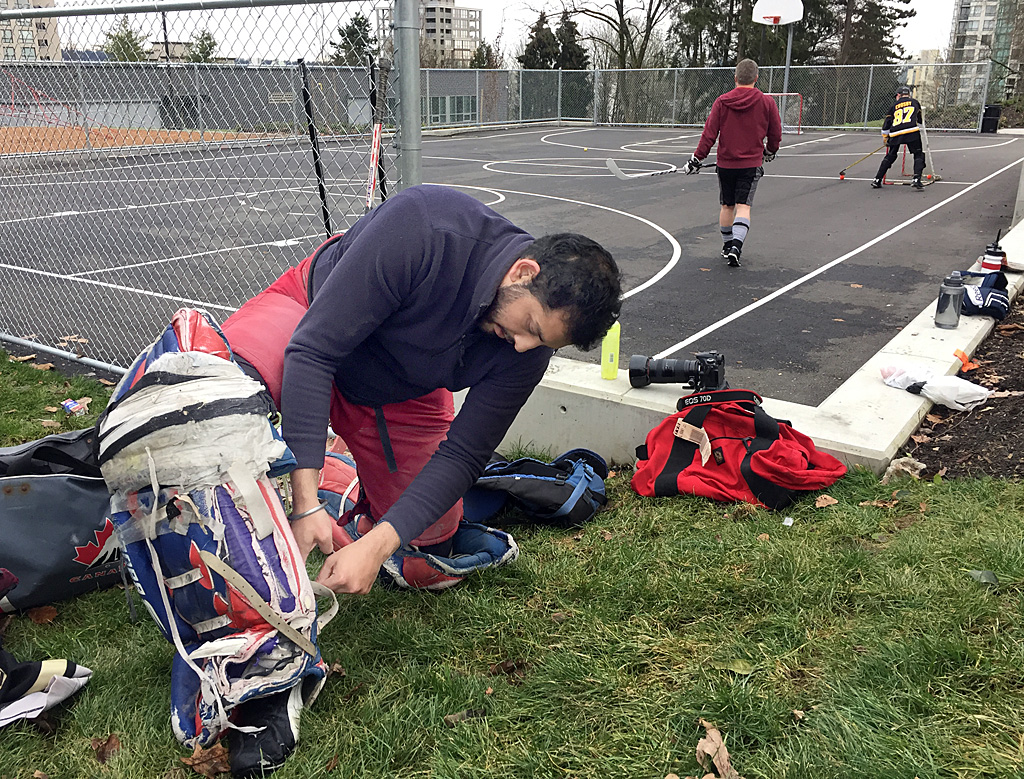One of the special things about working in community journalism is being able to cover stories at a very intimate level, jumping in before they capture the attention of bigger, regional media.
In November, 2008, Kyle Turris was a young NHL prospect trying to earn a regular place on a team coached by the legendary Wayne Gretzky.
But the NewsLeader had been telling Turris’ story for years. We were there when he led his junior team, the Burnaby Express, to a national championship. We were with him when he packed up his bedroom in his family’s New Westminster home to embark on a collegiate career at the University of Wisconsin. We covered his selection to a team of Canadian all-stars to play a series of games against a team of Russian all-stars. We held the paper so we could get the story of his selection in the 2007 NHL Entry Draft by the Phoenix Coyotes; he was selected third overall, the highest position in the draft ever achieved by a graduate of a Tier II Junior A hockey league.
Turris played a year of collegiate hockey, then turned pro in the spring of 2008.
When the NHL released its 2008-09 schedule that summer, NewsLeader reporter Grant Granger and I circled Nov. 6 when the Coyotes would visit the Vancouver Canucks and Turris would be able to play his first game as an NHLer in front of his friends and family. It would be, we thought, a triumphant, feel-good story of a hometown hero making it big.
The Coyotes were in town a day early for their Thursday night game so Granger and I headed down to the team’s Wednesday morning practice; it would be a chance for him to talk to Turris in a more relaxed setting and for me to be able to get a folio of photos we could use for years to come, including some of him interacting with Gretzky, who had championed his selection by the Coyotes.
Game night, we worked the plaza outside GM Place, talked to some of Turris’ old high school buddies who were there to cheer on their former classmate.
Inside the arena, Granger ascended to the press box while I headed rinkside to get a few closeup photos of Turris warming up during the pre-game skate. As the players left the ice, I went to my accredited position at the mezzanine level to prepare for the game.
But when the lights dimmed and the teams returned to skate a few laps before the opening face off, Turris was not among them. He had been scratched from the Coyotes’ lineup. He would not get a chance to play for his friends and family. And our triumphant story took a dark turn.
Over the cellphone, Granger and I plotted our next move. We would connect partway through the first period, then head downstairs to see if we could find Turris and get some comment.
I half-heartedly shot a few frames of game action (after all, I didn’t get many chances to shoot NHL hockey in good light) but a mid-season game between Vancouver and Phoenix wasn’t my story.
As Granger and I descended a stairwell, heading to the dressing room area, we bumped into Kyle. He was wearing civvies and a heavy black overcoat. He clutched a sandwich in plastic wrap. He looked very sad, almost near tears.
Turris said he was going to look for his dad and graciously allowed us to tag along. Granger asked some questions, I shot a few photos. None of us was feeling particularly good about the situation.
When Turris found his dad in the concourse, they embraced. I shot a few frames and then retreated. For a kid on a winning streak of hockey success for most of his young life, this was a kick to the gut.
Sunday, Kyle Turris played his 500th NHL game. Most of them have been with the Ottawa Senators, where he was traded just over three years after that sad night in Vancouver.

New Westminster’s Kyle Turris takes a break during practice at GM Place, the day before he was to make his hometown debut as an NHLer with the Phoenix Coyotes in November, 2008.

Hometown fans cheer the NHL debut of New Westminster’s Kyle Turris during the pre-game skate at GM Place Nov. 6, 2008.

New Westminster’s Kyle Turris takes a break during practice at GM Place, the day before he was to make his hometown debut as an NHLer with the Phoenix Coyotes in November, 2008.

New Westminster’s Kyle Turris takes a break during practice at GM Place, the day before he was to make his hometown debut as an NHLer with the Phoenix Coyotes in November, 2008.

New Westminster’s Kyle Turris takes a break during practice at GM Place, the day before he was to make his hometown debut as an NHLer with the Phoenix Coyotes in November, 2008.

New Westminster’s Kyle Turris during practice at GM Place, the day before he was to make his hometown debut as an NHLer with the Phoenix Coyotes in November, 2008.

New Westminster’s Kyle Turris is in a relaxed mood during practice at GM Place, the day before he was to make his hometown debut as an NHLer with the Phoenix Coyotes in November, 2008.

New Westminster’s Kyle Turris listens to Phoenix Coyotes’ coach Wayne Gretzky during a practice at GM Place the day before he was to make his hometown debut as an NHLer against the Vancouver Canucks. This is the photo we ran on the front page.

Friends of New Westminster’s Kyle Turris prepare to cheer him on at his hometown NHL debut at GM Place Nov. 6, 2008.

Scratched from the lineup at the last minute, New Westminster’s Kyle Turris searches for his dad on the concourse of GM Place.

New Westminster’s Kyle Turris is embraced by his dad, Bruce, after he was scratched from what would have been his hometown debut as an NHLer Nov. 6, 2008.

New Westminster’s Kyle Turris takes the pre-game skate at GM Place prior to his scheduled hometown debut as an NHLer Nov. 6, 2008.





































